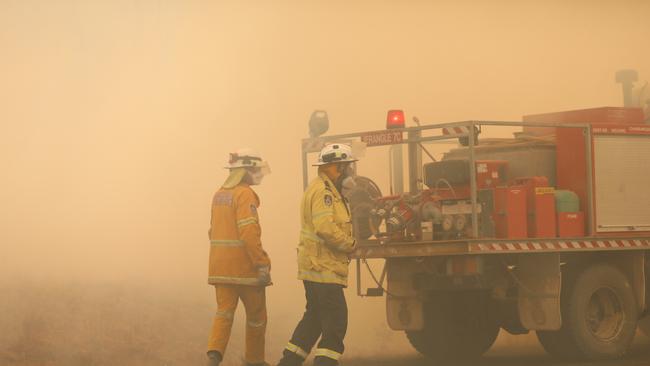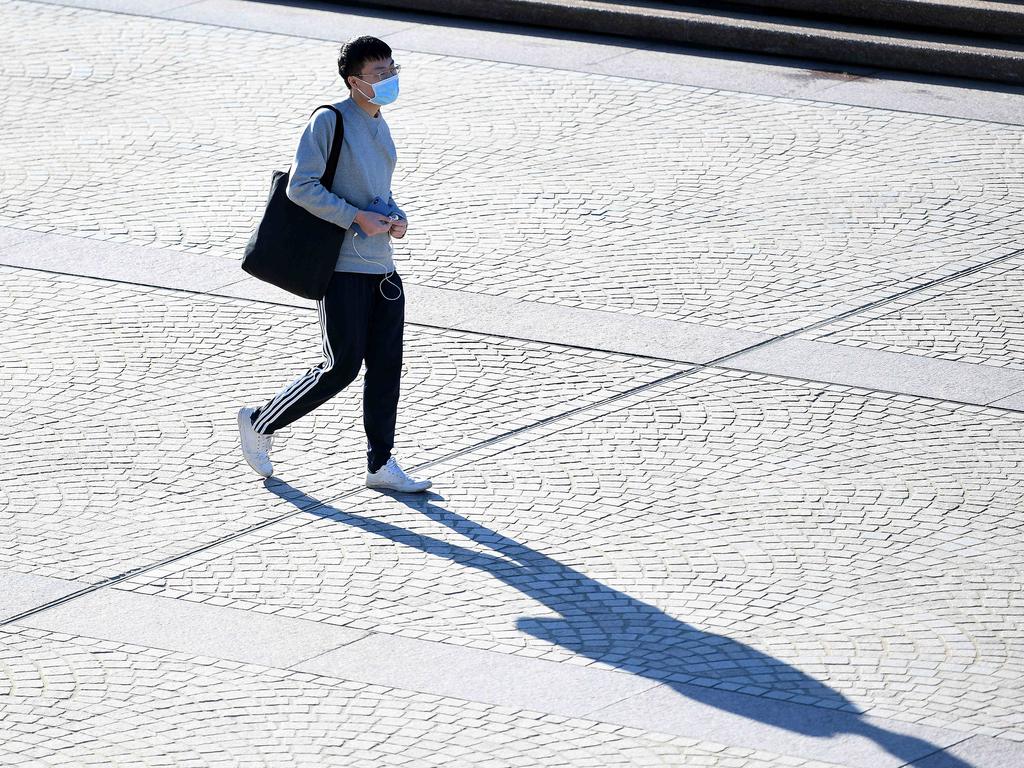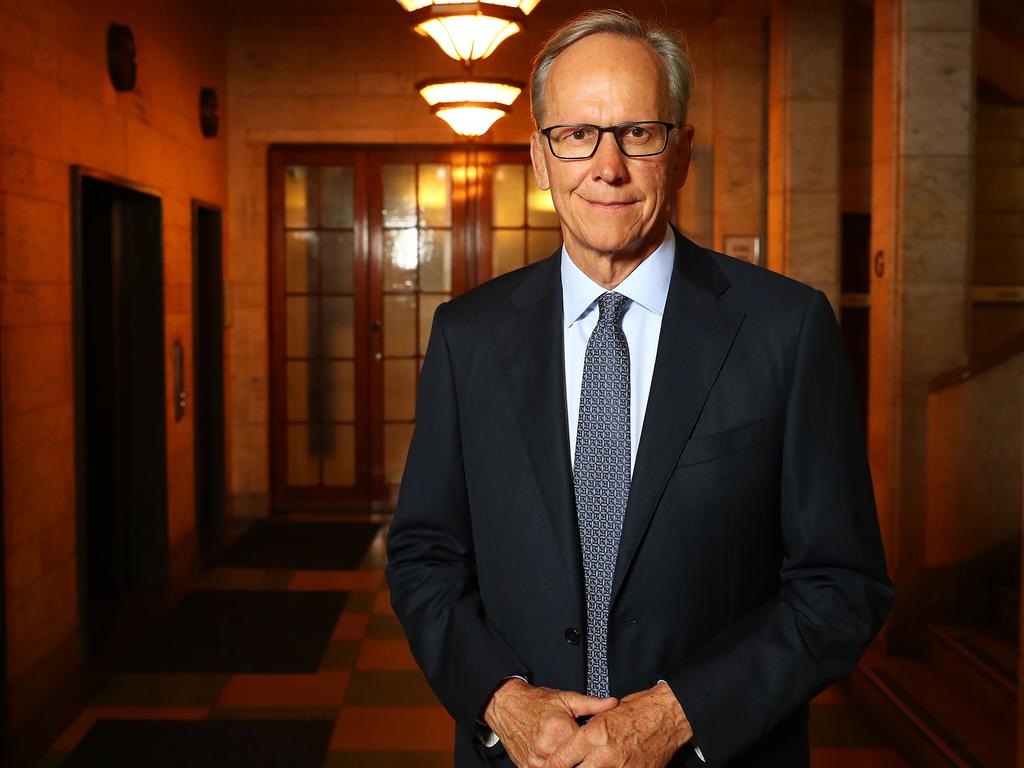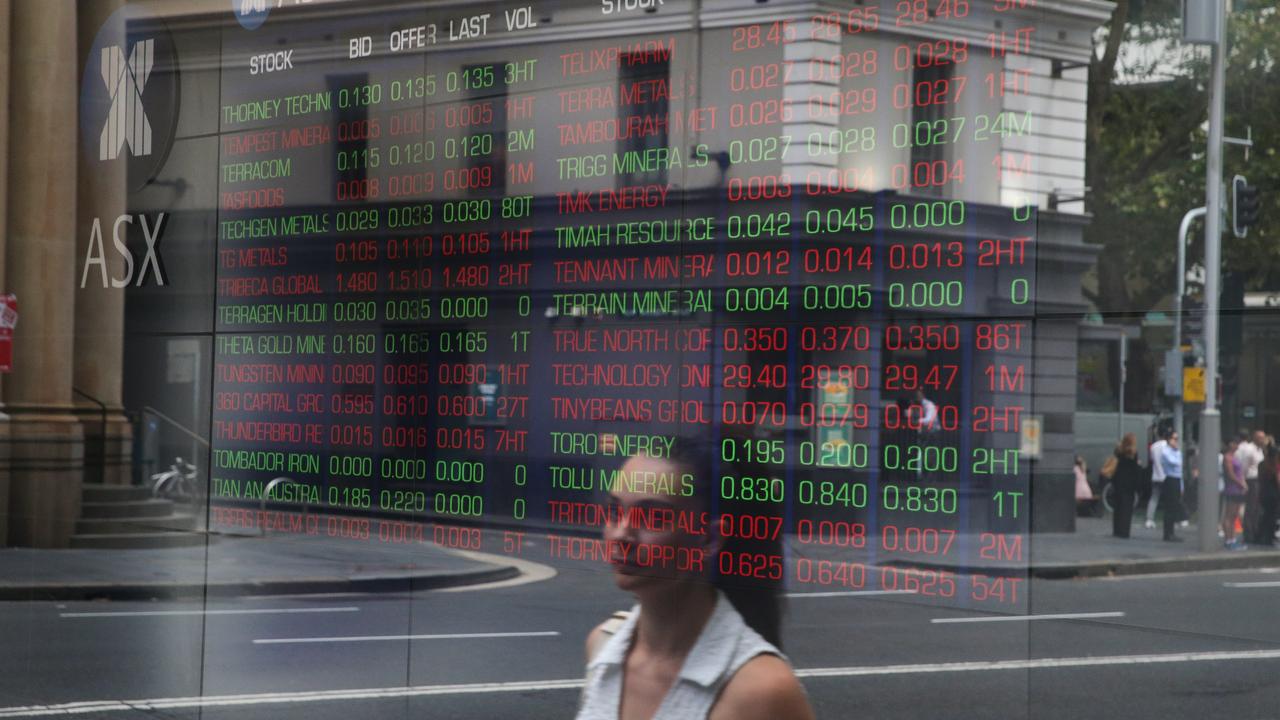COVID-19, bushfires have QBE heading for $US750m loss
Insurer QBE has flagged a big first-half loss brought on by COVID-19 and an increase in catastrophe claims.

QBE will post a $US750m ($1.05bn) loss for the first half when chief executive Pat Regan hands down its results next month, as the insurer grapples with a spike in claims and a punishing investment hit due to the COVID-19 crisis.
The nation’s second-largest insurer on Wednesday warned of the expected loss as it detailed the adverse impact of the pandemic on several business lines, including reinsurance, workers compensation, casualty, trade credit and, crucially, business interruption insurance, for which it is being closely watched as a test case proceeds in the UK courts.
Its combined operating ratio — a key measure of underwriting profitability that compares claims, costs and expenses to premiums — climbed to 104 per cent for the half, the August 13 result is expected to show. This reflects a $US335m hit from COVID-19, as well as adverse catastrophe claims of $US60m and prior accident year claims of $US120m, it said. A ratio of above 100 per cent indicates it is paying out more in claims than it is receiving in premiums.
Excluding COVID-19 impacts, its combined operating ratio would have come in at about 98 per cent.
While acknowledging the highly uncertain landscape, QBE expected total COVID-19-related costs to climb to $US600m pre-tax. This included $US265m of potential further net claims that could emerge over the next 12-18 months, primarily in trade credit and lenders mortgage insurance, but also in casualty and landlords’ insurance, it said.
The pandemic also wreaked havoc on the insurer’s investments, with “extreme investment market volatility” leading to a net investment loss of $US125m over the period.
QBE in April told investors it had materially derisked its investment book, including exiting all equities, as well as emerging-market and high-yield debt. At that point, markets were just off their lows, having tumbled more than 30 per cent since late February.
Both local and US equities markets have made double-digit gains since QBE’s April update.
Despite the first-half loss and expected pandemic costs, investors appeared to look through the risks ahead, focusing instead on rising premiums and underlying numbers, Bell Potter analyst TS Lim said.
“If you exclude COVID-19 and catastrophes, top-line growth is strong, they’ve got good momentum in terms of underlying margins and capital is at the top end of the range,” Mr Lim said.
The prospect of an interim dividend was now “highly unlikely”, he added.
QBE shares finished Wednesday’s session up 1.65 per cent at $9.83, against a fall of 1.3 per cent in the benchmark index.
Renewal rate increases averaged about 8.7 per cent during the half compared with 4.7 per cent in the prior corresponding period, QBE said. On a constant currency basis and adjusting for asset sales completed in 2019, gross written premium grew by about 10 per cent during the half.
Mr Regan said he was encouraged by the underlying trends evident in the result.
“Notwithstanding significant uncertainty surrounding the enduring impact of the COVID-19 pandemic, our greatly strengthened capital base positions us well to capitalise on accelerating pricing momentum and emerging organic growth opportunities,” he said.
The insurer in April tapped the market with a $US875m raising in a move it said would take it to an “extremely” strong capital position to withstand “severe market downside scenarios”.
Shaw & Partners senior banking and insurance analyst Brett Le Mesurier said the $US750m loss showed QBE was good at making the least of adverse situations. “I’m looking at it relative to what they thought in April, compared to what IAG and Suncorp thought back then, and I think it goes to how well (QBE) understands its business and the risks they have. Clearly (IAG and Suncorp) understand their businesses better than QBE understands its own business,” he said.
Commenting on Wednesday’s share price rise, Mr Le Mesurier said investors were buying in because QBE’s premiums were rising. “But history shows that premium rates increase because claims are increasing. You actually increase profit when rates are not increasing because that’s consistent with claims falling,” he said.
Business interruption insurance was another risk for QBE, Mr Le Mesurier warned as he flagged the possibility of another downgrade later in the year if test cases in the UK and Australia did not swing in favour of insurers.
As reported by The Australian on Tuesday, insurers could be on the hook for hundreds of million of dollars in payouts relating to business interruption insurance, with the Australian Financial Complaints Authority preparing to file a test case next month to determine whether coverage extends to the COVID-19 pandemic.
It follows the UK’s Financial Conduct Authority bringing a test case before the courts over business interruption policies from nine insurers.
Analysts last month warned QBE could be forced to pay up to $200m on business interruption claims as a result of the COVID-19 shutdown in the UK.
The insurer has rejected the FCA’s claim suggesting its policies covered business interruption arising from the pandemic.






To join the conversation, please log in. Don't have an account? Register
Join the conversation, you are commenting as Logout